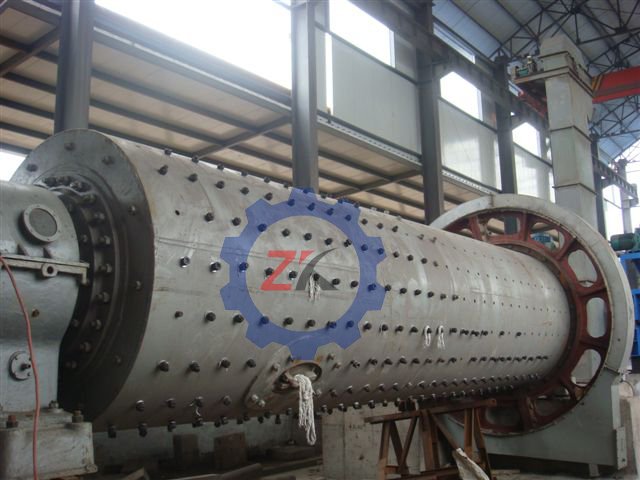Cement clinkers are substances formed during the cement manufacturing process. They are created during the heat processing of cement in a kiln. They are marble sized, pellet-like materials. When clay, bauxite, limestone and iron are mixed in precise proportions and subjected to a temperature of about 1,400 degree Celsius, they form lumps. These cinder pieces created during the process are what are referred to as cement clinkers. Clinker is transformed to their powdery form by grounding them in the crushing plant and are then mixed with liquid to produce cement.
The cement produced is highly dependent on the quality of mortar, grouts, concrete, and cement clinkers in initial stages of the process. The reason for this dependence is the powerful bonding abilities of cement which result in a hydration reaction when gypsum is mixed with water.
Also, clinker forms about one-tenth of concrete, when it is combined with other materials like sand, rocks, and other building materials that are commonly used in the construction process all over the world. The high versatility of cement makes it a perfect choice when it comes to building projects of whatever shape and size- from skyscrapers to pool sides.
Furthermore, when the concrete has outlived its usefulness, it can be worked on and recycled and converted back into cement clinkers through accurate processing.
Natural raw materials can be employed in a kiln in the formation of cement clinkers; however, there are other materials with the proper chemical composition that can also be used. Material such as the fly ash gotten from the burning coal, furnace slag, and other byproducts from industrial activities.
The use of different formulations is dependent on the purpose for which the cement is intended. Various chemical formulas used help to improve the strength, add resistance to sulphate, manufacture cement that is tolerant to low temperatures and to form expansion cement type that will not shrivel after setting or creating masonry cement, which is not intended for concrete mixtures.
Cement clinker manufacture has effects on the environment. There is the noise, accumulation of dust and vibration caused by mining for natural raw materials. Cement kilns also consume a significant amount of fuel, and at most of the stages of the manufacturing, polluting equipment are used.
However, some of these effects are neutralised by the reuse of slag, fly ash, and silicate byproducts. Most of the cement manufacturers use other agricultural and industrial byproducts to fuel the kilns, helping to dispose of these materials.
In the process of manufacturing cement clinkers, there are environmental consequences which include noise production, dust, and vibration that occurs in the process of mining for natural raw materials.
When cement is mixed with water, an adamant alkaline solution is formed. Note that when working with cement, you should ensure that you wear gloves and eye protection at all times. Also, wash every trace of cement off your skin immediately so as to prevent skin injury. However, once the cement gets hardened, it can be handled without precautions.
The cement that is commonly used globally is the Portland cement. Portland cement clinker is a material that is dark grey. It is produced by grounding limestone and clay and heating them at a temperature of about 1400 °C – 1500 °C. They are ground up to fine powdery form resulting in the production of cement.
A little amount of gypsum is added to control the setting properties. If as a consumer, you are unsure about which cement formulation is most suitable for a particular project, then you should meet someone more knowledgeable in cement manufacturing to confirm whether you are using the appropriate material for your need.
Cement is produced at high temperatures at which the ingredients mixed are chemically combined to form new components. These new components include calcium silicates and calcium aluminates.
Portland cement is formed when the cement clinkers are ground with about 5% of gypsum. Gypsum is crucial as it plays the role of controlling the rate of the hardening of the cement. These allow the cement to set when water is combined with it, resulting in the formation of strong bonds. These powerful bonds can withstand pressure, water immersion, and other elements.
The type of cement varies according to materials added in the manufacturing process. Usually, when the cement manufacturers do not have enough raw materials, they may choose to buy clinkers and use it to manufacture cement. Cement clinkers can be kept in storage in dry conditions without a problem.
In summary, the quality of clinker depends on the composition of the raw material. If the raw materials are inappropriate, or if they are not blended properly in the clinker grinding plant, buildings and roads made from the concrete will have poor strength and durability.










Comments are closed.